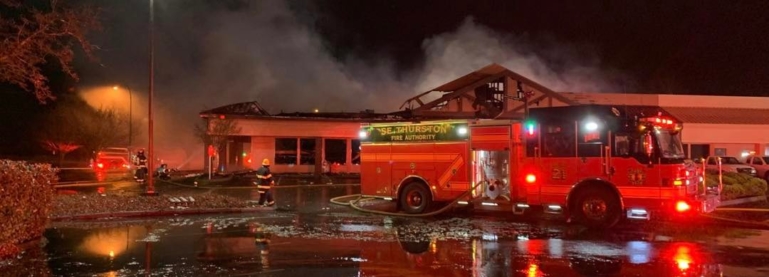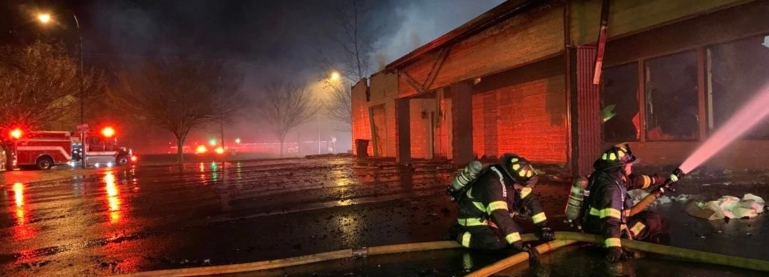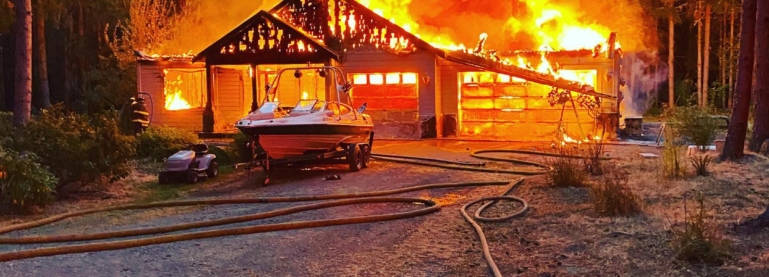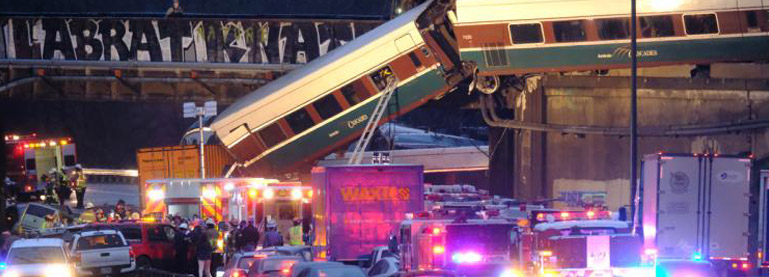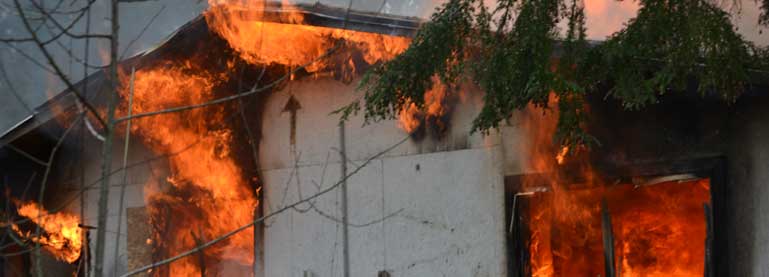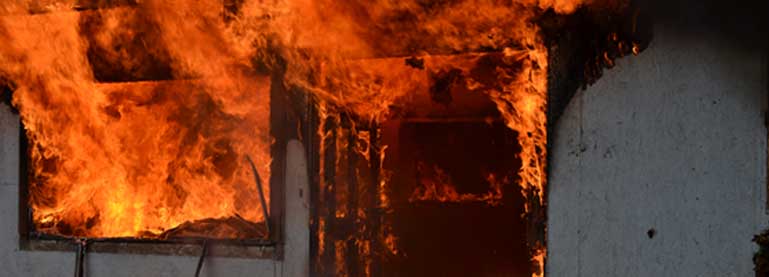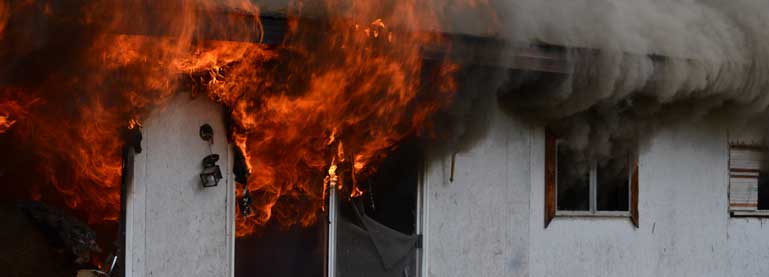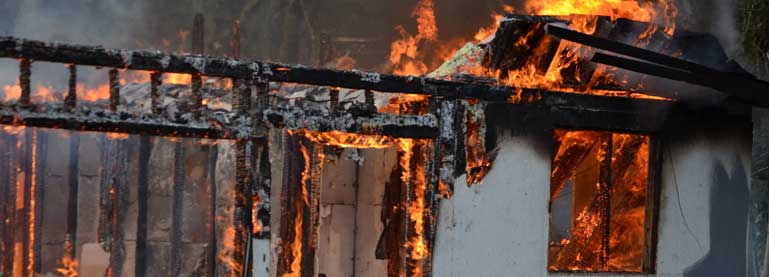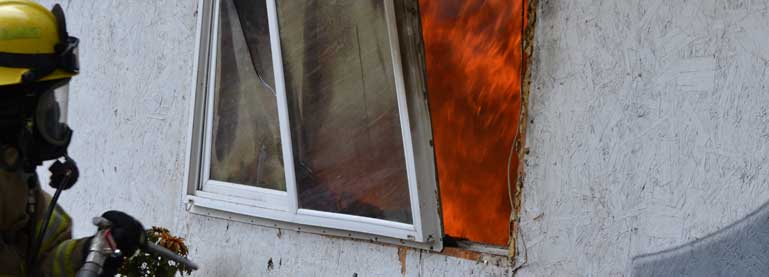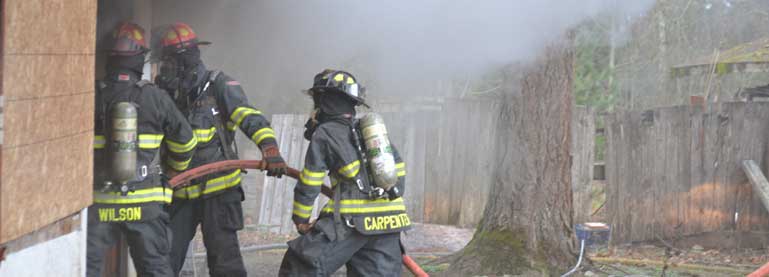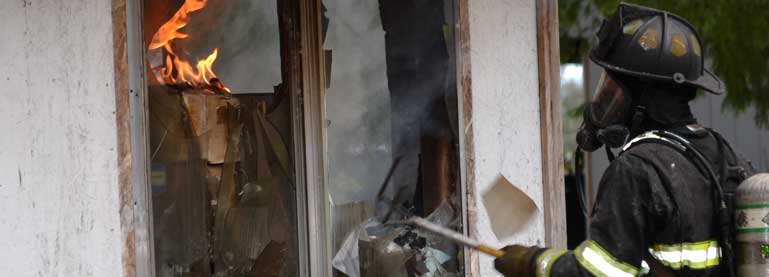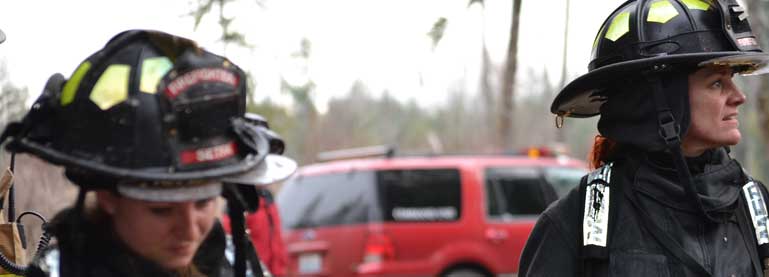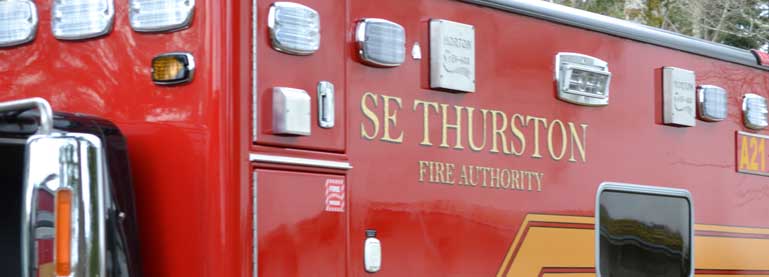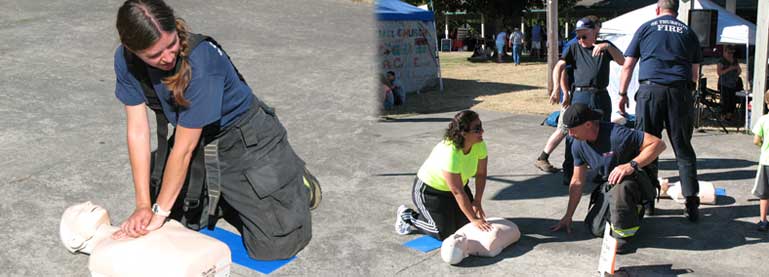Home Fires: The Most Common and Preventable Disaster
Home fires are the most frequent disasters the American Red Cross responds to—and they are also among the easiest to prevent. Protecting your family, including your pets, is key to minimizing risks and ensuring everyone’s safety.
Incorporate Pets into Your Fire Safety Plan
To keep your pets safe during a fire, include them in your family’s emergency plan. This involves:
- Preparing a disaster supplies kit specifically for your pets.
- Arranging a safe place for them to stay if you need to evacuate.
When practicing your family’s escape plan, include your pets. Train them to respond to your call and practice taking them with you. In the event of an evacuation, the best way to protect your pets is to take them with you. However, never delay your escape or risk your safety to rescue a pet.
Prevent Pets from Starting Fires
The National Fire Protection Association reports that pets accidentally start nearly 1,000 home fires each year. To reduce this risk, follow these tips from the American Kennel Club and ADT Security Services:
- Extinguish Open Flames: Pets are curious and may explore cooking appliances, candles, or fireplaces. Always extinguish open flames completely before leaving a room or your home.
- Remove Stove Knobs: Stoves are the leading cause of pet-related fires. Remove knobs or secure them with covers when you’re away.
- Use Flameless Candles: Opt for flameless candles, which use light bulbs instead of flames. This eliminates the risk of pets, especially cats, knocking over lit candles.
- Secure Young Pets: Keep young or active pets confined in safe areas, such as crates or behind baby gates, to prevent them from accessing potential fire hazards when you’re not home.
Assist Firefighters in Rescuing Your Pets
To make it easier for firefighters to locate and save your pets:
- Keep pets near entrances when you’re not home.
- Ensure pets wear collars, and keep leashes accessible for quick evacuation.
- Use a pet alert window cling on a front window to indicate the number of pets inside. Update the cling as needed to reflect the correct number of pets in your home.
By incorporating these precautions and practicing your family’s fire safety plan, you can protect your loved ones—both human and animal—from the dangers of a house fire.

